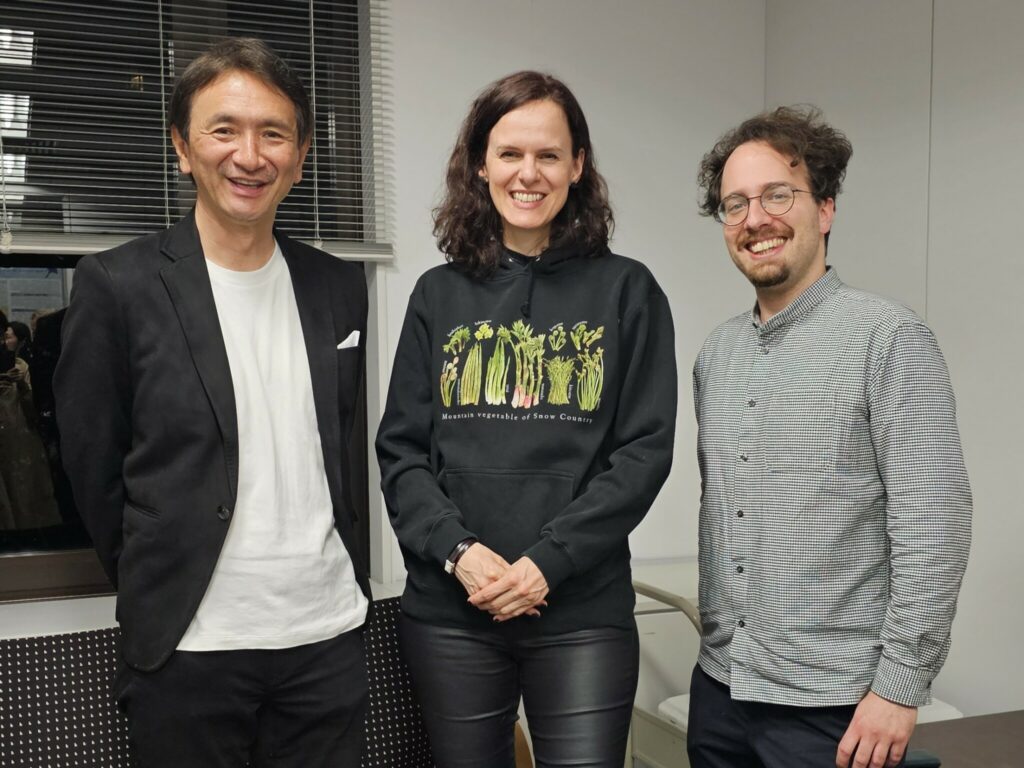Film screening and discussion of patterns of moving to rural Japan
Japan’s regions have been challenged by demographic decline and an aging population for some decades. Despite or even because of these challenges, a small number of people from urban centers of the country decide to move to rural areas – like the protagonists of my debut documentary „Rice Fields Instead of Tokyo“ (NZZ Format, 2022). The German Institute for Japanese Studies (Deutsches Institut für Japanstudien) has been doing substantial research on this topic, too, and kindly invited myself and Tomoo Matsuda, research director at the Mitsubishi Research Institute, to show different perspectives on migration patterns from urban to rural Japan. Matsuda has also been serving as an advisor to many municipalities, including big cities and small towns.
Tamami and Kanako, the main female protagonists of my film, used to live and work in the center of Tokyo before deciding to upend their urban lives and embrace a new lifestyle in a small village in the mountains of rural Japan, specifically in Niigata. It carries the nickname „snow country“, hence my hoodie, which explains the various types of mountain vegetables commonly consumed in the region.
Matsuda introduced cases of urban professionals who decided to live temporarily or permanently in Japan’s countryside. Challenging the traditional pattern of migration to the nation’s capital, he illustrated the concept of “gyaku-sankin kōtai”, exploring the merits of moving to rural areas.
Could and would you want to move from the city to the countryside?
Watch the documentary here (English in closed captions):
nzz.ch/panorama/reisfeld-statt-tokio-japans-junge-landfrauen-ld.1713404
